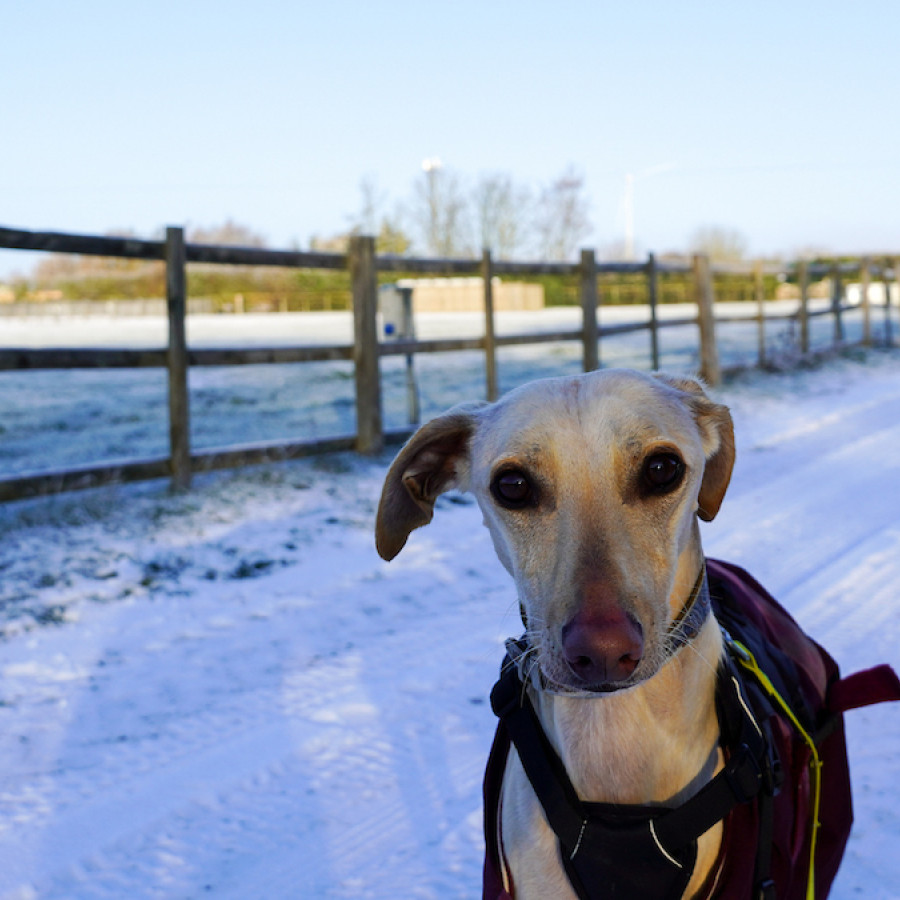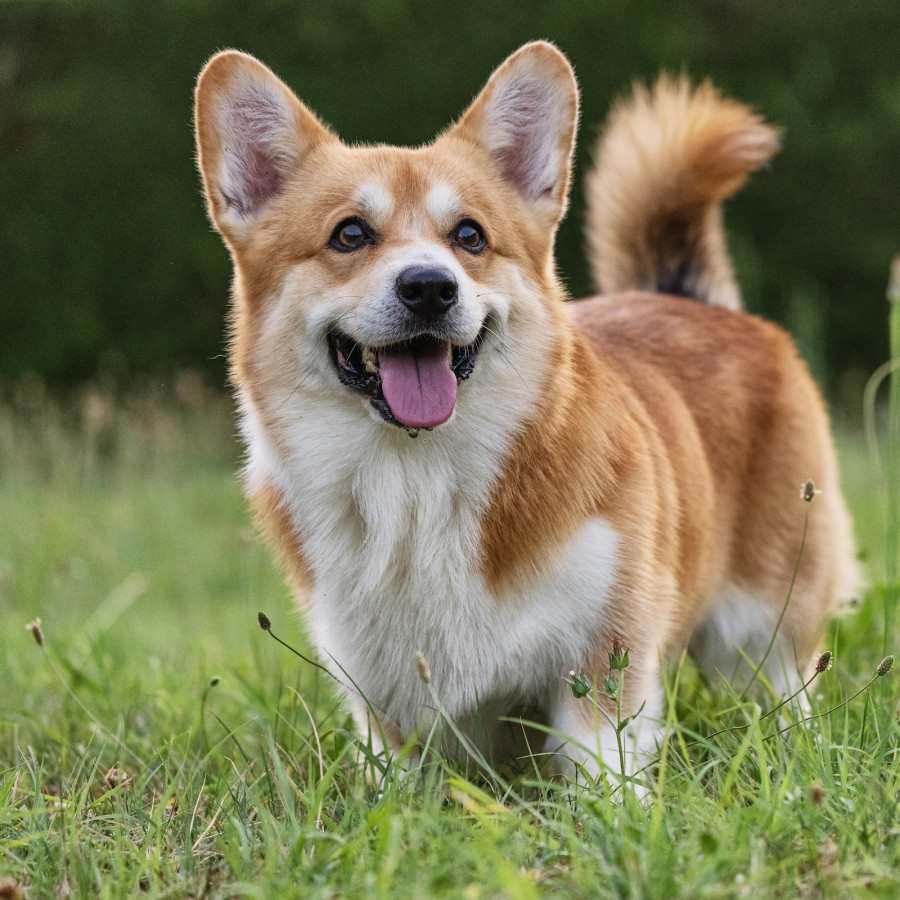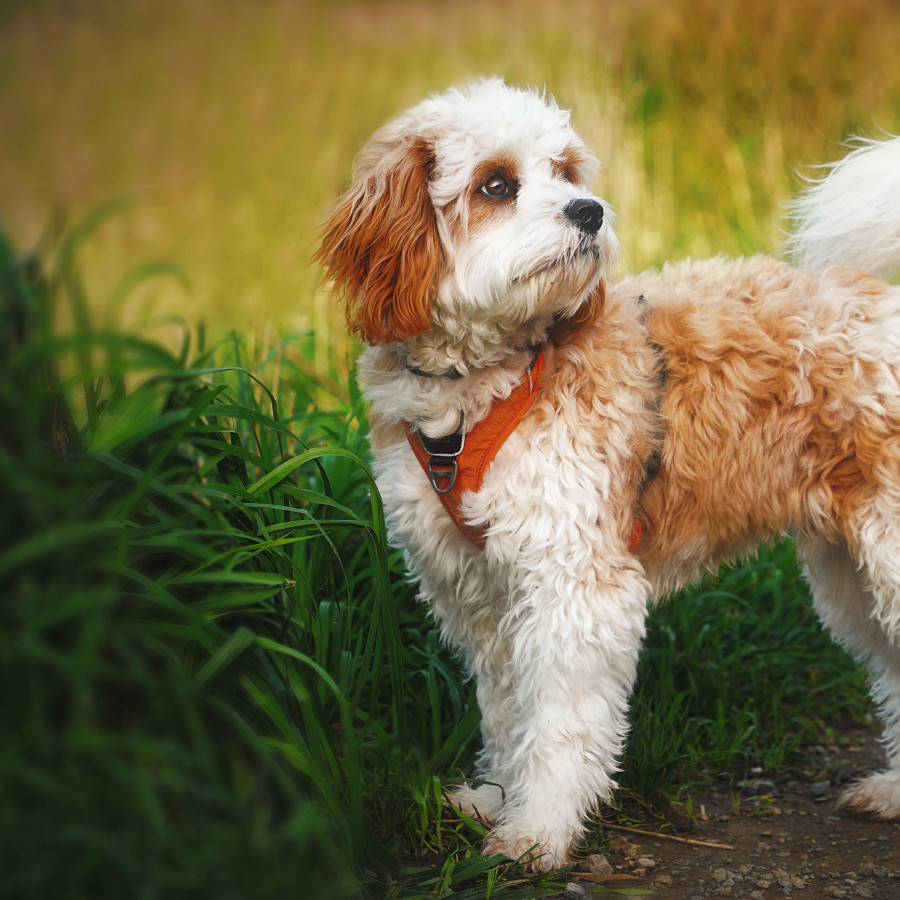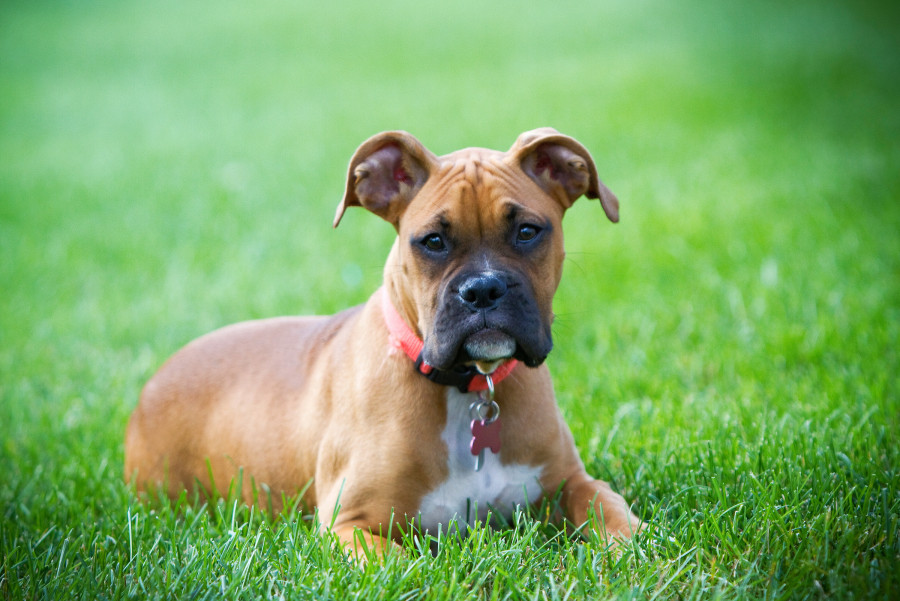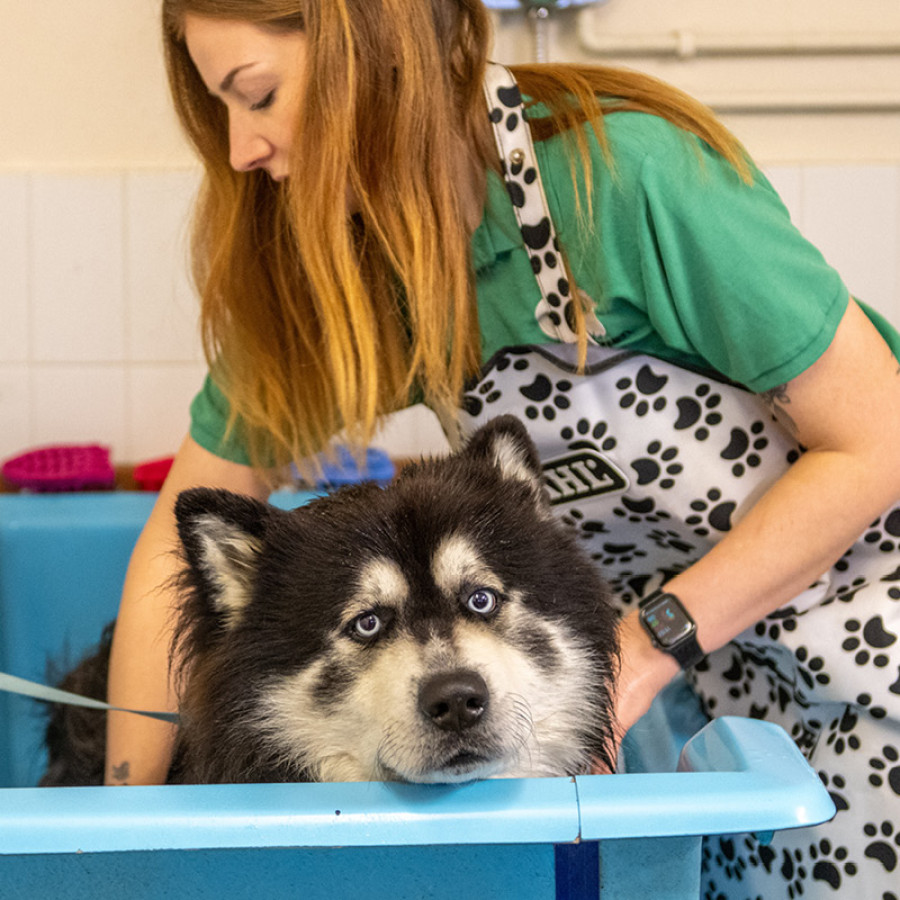
Benjamin asks
How often should I bathe my dog?Provide a cosy bed in the winter with deep sides, extra blankets and a thick base to protect your four-legged-friend from draughts and cold air. This will ensure they get a good night's sleep.
If you have a dog that needs their coat clipped, perhaps ask the groomer to leave it a little longer in the winter, or buy them a coat after the appointment. They will feel the difference!
When choosing a coat for your dog, think about their comfort rather than fashion. The coat should fit snugly, but not be tight in any areas.
It's a good idea to think about layering. A fleece and a waterproof cover are both very versatile.
If the temperature really drops, it’s fine to provide fun activities indoors for your dog instead of taking them out for a walk. Scent games and basic training can all be done indoors.
If your dog is elderly, they may need an extra layer on indoors. This will protect old and achy joints when it’s chilly. Keep an eye on your senior citizen while they’re wearing a coat to make sure they are not getting too hot.
If you walk on gritted footpaths or roads, clean your dog's feet when you get home to prevent irritation.
Be careful around frozen lakes or rivers, always keep your dog on the lead, especially if they don’t come when called, or you don’t know the area very well.
Antifreeze is toxic to dogs and other pets, so if you’ve been topping up your car, make sure you mop up any spills and keep the product away from pets. If you suspect your dog may have licked up some antifreeze, call you vet immediately.
As the evenings draw in and the nights get colder, make sure you and your dog are visible when you’re out and about. Reflective accessories and flashing collars are a good way to be seen.
Take your dog out shopping for a winter coat. It’s worth trying a few on to check the fit. Take plenty of treats to help them get used to trying them on.
If you have a very large or strong dog, you may want to brush up on some loose lead walking skills before heading out on slippery pathways!
Touch your dog’s paws from an early age to get them used to having them cleaned. That way they’ll feel comfortable and know what to expect after a winter walk.

Benjamin asks
How often should I bathe my dog?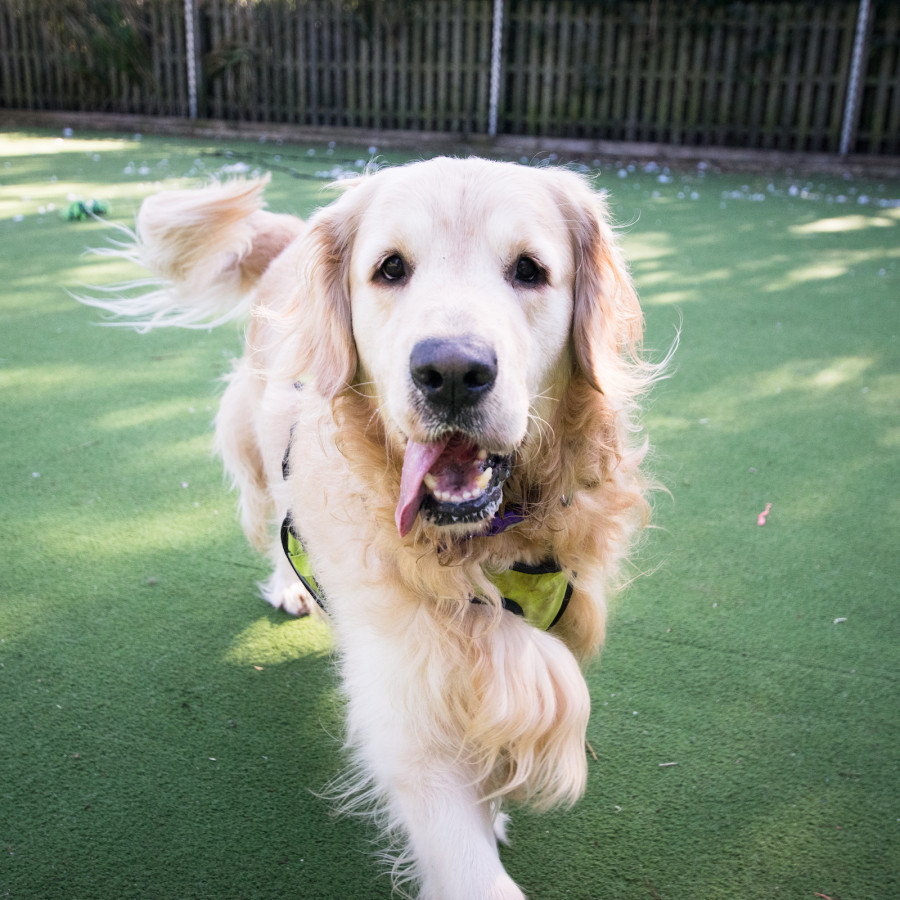
Anya asks
How do I cut my dog's nails?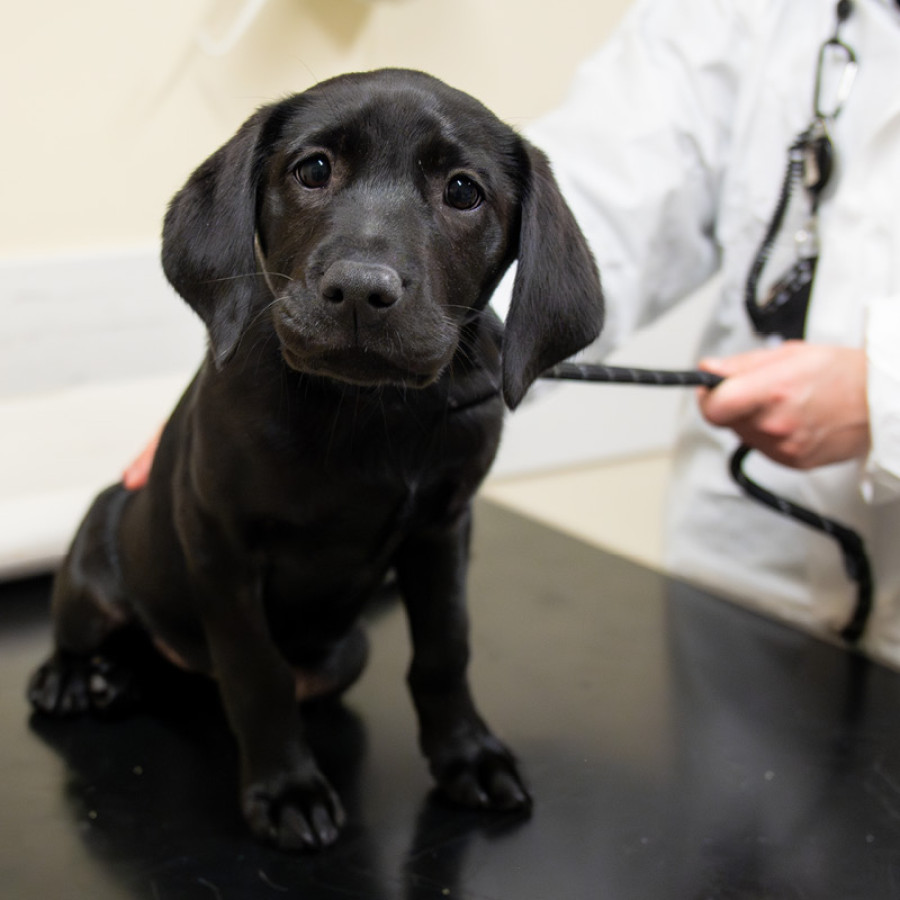
Sadie asks
How do I know if my dog has fleas?I was struggling with my dog's anxiety, especially when we had to leave the house. Thanks to Woodgreen's advice, I've made some changes that have worked wonders. By sticking to a consistent routine, my dog knows what to expect each day, which has significantly reduced her anxiety.
This advice really helped me and my new pup! I tried teaching recall without your guidance and struggled. Woodgreen's step-by-step dog training videos break each action down for you and I'm happy to say we finally made progress!
Give us your feedback and we'll send you advice and tips on caring for your pets. We'd also love to send you updates about Woodgreen, including heart-warming pet stories and ways you can support us.
Please call our pet support line on 0300 303 9333 (7 days a week – 8.30am - 4pm)
